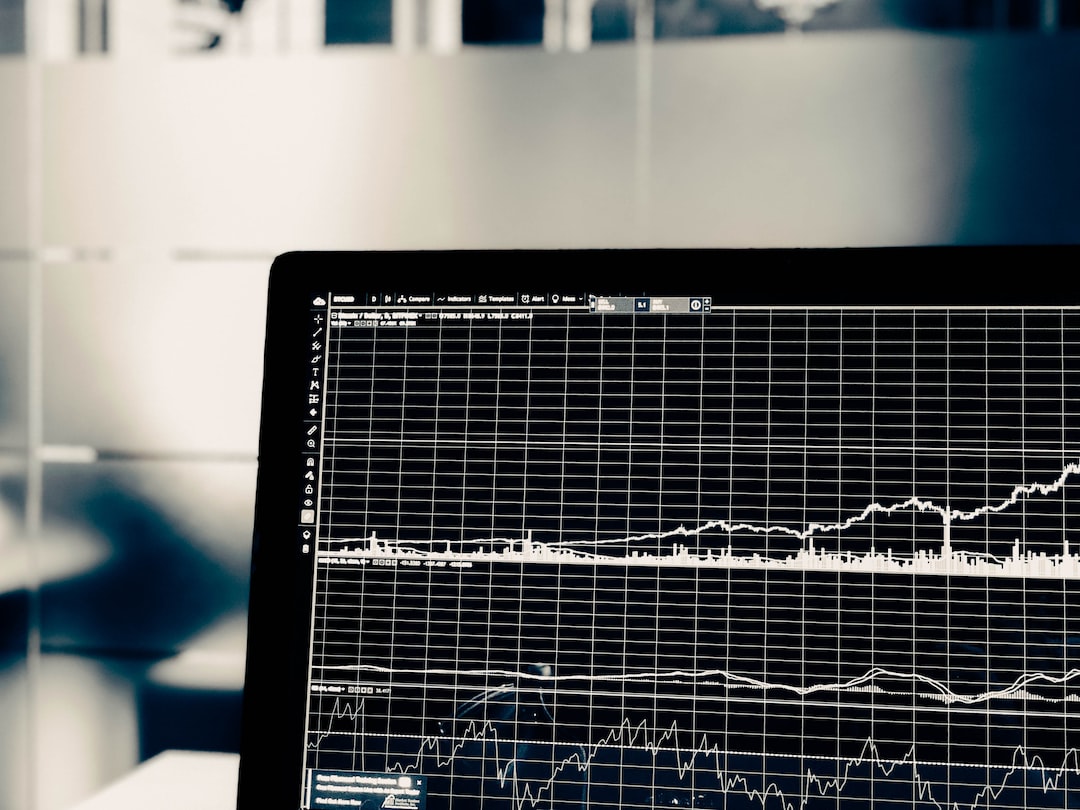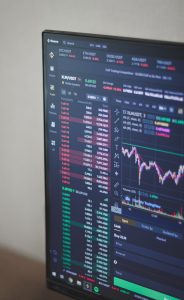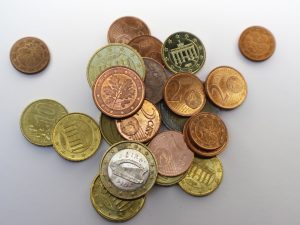Forex trading is all about making profits, and one of the ways to do that is by understanding how to read pips on forex platforms. Pips, which stand for “point in percentage,” are a measure of the smallest possible price change in an exchange rate. The value of a pip is determined by the currency pair being traded, and it can fluctuate based on market conditions.
Forex platforms display the value of pips in various ways, depending on the broker or trading platform being used. Some platforms display pips in decimals, while others use fractional pips or pipettes. Understanding how to read and interpret pips is essential for traders to make informed decisions and manage their risk effectively.
Increase or Decrease Pips on Forex Platforms
The value of pips can vary depending on market conditions, such as volatility, liquidity, and economic events. In general, the greater the volatility in a currency pair, the more significant the pip movement. For instance, during times of high volatility, a single pip movement in a currency pair can represent a substantial profit or loss for traders.
On forex platforms, traders can increase or decrease the value of pips by adjusting their lot size. Lot size refers to the number of units of a currency being traded. The standard lot size in forex trading is 100,000 units of the base currency. However, traders can also trade in smaller lot sizes, such as mini lots (10,000 units) or micro lots (1,000 units).
When a trader increases their lot size, the value of each pip also increases. Conversely, when they decrease their lot size, the value of each pip decreases. For instance, if a trader is trading a standard lot of EUR/USD, where one pip is worth $10, and they increase their lot size to two lots, the value of each pip will double to $20.
Another way to increase or decrease the value of pips on forex platforms is by using leverage. Leverage allows traders to control more significant positions in the market using a smaller amount of capital. For instance, if a trader has a leverage ratio of 1:100, they can control a position worth $100,000 with only $1,000 of capital.
When using leverage, the value of each pip is multiplied by the leverage ratio. For instance, if a trader is trading a standard lot of EUR/USD with a leverage ratio of 1:100, the value of each pip will be multiplied by 100. Therefore, each pip movement will be worth $1,000 (100 x $10).
Managing Risk with Pips
Understanding how to read and interpret pips is crucial for managing risk in forex trading. Traders need to calculate the potential profit or loss of each trade based on the value of pips and their lot size. They also need to set stop-loss orders and take-profit orders to limit their losses and lock in profits.
Stop-loss orders are orders placed with the broker to automatically close a trade if the price moves against the trader beyond a certain point. For instance, if a trader is long on EUR/USD at 1.2000 and sets a stop-loss order at 1.1980 (20 pips below the entry price), the trade will be automatically closed if the price drops to 1.1980, limiting the trader’s loss to 20 pips.
Take-profit orders are orders placed with the broker to automatically close a trade if the price moves in favor of the trader beyond a certain point. For instance, if a trader is long on EUR/USD at 1.2000 and sets a take-profit order at 1.2040 (40 pips above the entry price), the trade will be automatically closed if the price reaches 1.2040, locking in a profit of 40 pips.
Conclusion
In conclusion, pips are a crucial part of forex trading, and understanding how to read and interpret them is essential for making informed decisions and managing risk effectively. Traders can increase or decrease the value of pips by adjusting their lot size or using leverage. However, they need to be aware of the potential risks and set stop-loss and take-profit orders to limit their losses and lock in profits.






